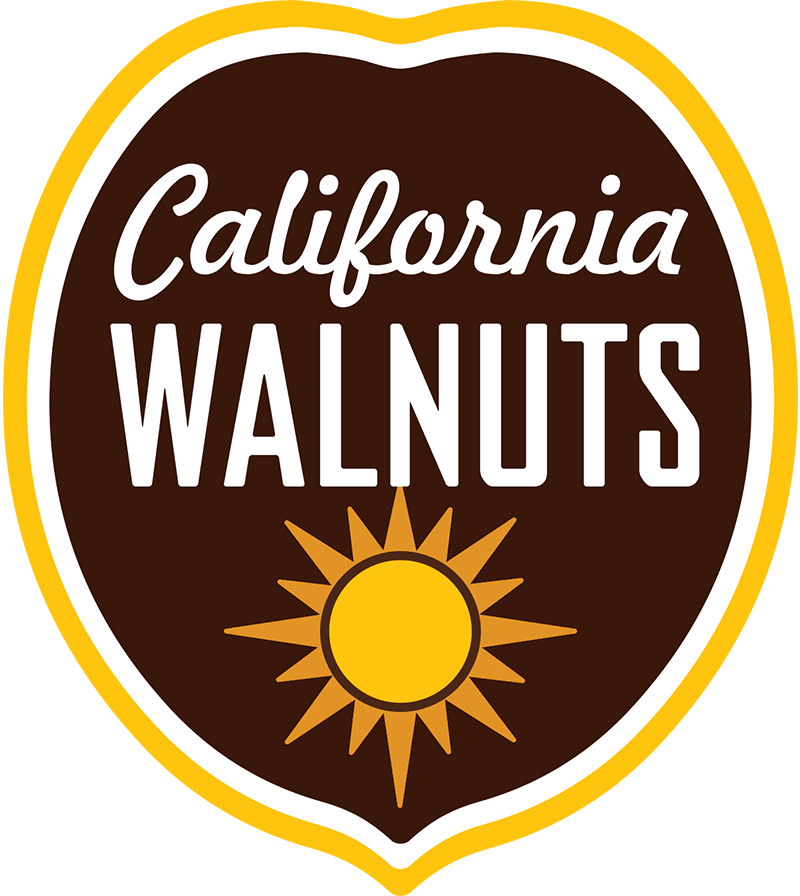
Technical Information
Leaders In Food Safety
California Walnuts are handled with great care and attention to bring our customers and consumers the best quality product.
For more than a century, the California Walnut industry has earned a reputation for producing the highest quality walnuts in the world while maintaining an exceptional food safety record.
Walnuts are not all the same. Like wine grapes, the soil, climate, varieties, growing and harvesting practices all contribute to a walnut’s unique flavour and texture. They are grown, harvested, and processed following strict Federal and State food safety regulations with the industry maintaining an exceptional food safety record for over a century.
California Walnut Industry
Like all agricultural products, in order to grow this nutritious food for generations to come, the California Walnut industry is continually developing new technologies and sustainable strategies to improve the crop while utilising and protecting the resources which nourish the trees. The growers, many of which are multi-generational family farms, have a vested interest in ensuring the long-term health of the walnut industry, the communities where they live, and the environment.
It all starts at the farm with growers setting the stage for producing a wholesome product by following established best practices, known as Good Agricultural Practices (GAPs). With the harvest underway, walnuts are shaken from the trees and quickly processed, adhering to, if not exceeding, standards set by the United States Food and Drug Administration (FDA).
The California Walnut industry has been a leader in ensuring food safety through continuous investment in education, training and research. With over $2 million invested in food safety research projects for nearly a decade, our industry is committed to solid science to protect our customers and consumers. This is evidenced by the excellent food safety track record of the California Walnut industry.
Sustainable Supply Chains
While it helps that walnuts, in addition to being rich in beneficial omega-3 fatty acids, are also naturally protected by two layers of a hull and a shell that significantly reduce the possibility of contamination, there is no substitute for due diligence and effective food safety, sanitation and safe product handling practices while growing and handling walnuts through the supply chain.
Before packaging, shelled and in-shell California walnuts are manually checked. This thorough final inspection step makes sure that the best possible walnuts are packed according to industry specifications. Random product samples are regularly laboratory tested to make sure they meet with U.S. requirements. Additionally, shipments are reviewed to ensure they comply with any international standards for the country of import destination.
When the products arrive in the EU, they are checked once again. Through targeted sampling and analyses, the official food monitoring provides consumer protection and food safety.
As food safety is crucial to the California walnut industry, continuous investments in food safety training and research projects help maintain and improve the quality of California walnuts.
Where do California Walnuts come from?
When people enjoy a recipe which includes walnuts, they don’t always realize the walnuts they are eating are likely from a family-owned farm in California.

More than 99% of walnuts grown in the United States come from California.

With the mild climate and deep fertile soils, the Central Valley of California is the states prime walnut growing region.

There are more than 4,800 California Walnut growers harvesting high-quality walnuts.

Most farms are owned and operated by families who have been in the walnut business for several generations.

A Heritage of Sustainability
The California walnut industry has spent more than a century caring for the land, the people with whom we work and our local communities. This approach has helped our industry grow and thrive, and to be sustainable for generations to come.
